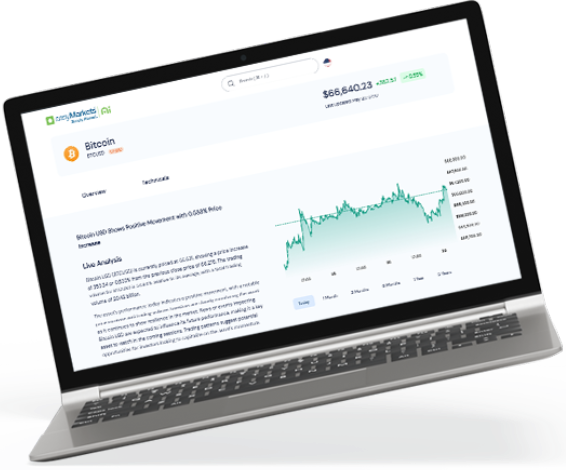How do I Use Sentiment Analysis to Trade?
Since currency gains and losses are a function of traders’ interpretation of economic data or technical signals, understanding crowd psychology is also an essential tool in forex trading. This is where sentiment analysis comes in.
Sentiment analysis mostly focuses on how markets are feeling about risk. When traders are in the mood for more risk, they may generally pursue higher-yielding currencies and assets since they may feel confident about chasing higher returns. On the other hand, when traders aren’t in the mood to take risks, they may put their money in safe-haven currencies and assets such as the US dollar or gold.
Sentiment Analysis is market risk appetite
Aside from that, knowing whether risk is on or off may also help you figure out how traders might react to certain news reports or economic releases. When risk appetite is strong, markets may have a stronger reaction to upbeat reports or headlines that confirm their bias while shrugging off downbeat data. When risk aversion is in play, traders seem to have a stronger negative reaction to weak data which reinforce their bias while being less impressed by upbeat reports.
What are the tools that you can use to gauge market sentiment? One way to go about it is to watch the equity markets since stocks are generally considered riskier assets, which means that rallying equities or indices are indicative of risk appetite while falling stocks may reflect risk aversion.


To get ahead of the game, you can also look at futures, which may give you a pretty good idea of how the stock market could perform for the day. When most futures are in the green, it may hint of potential risk-taking in the upcoming trading session. In this case, you can be on the lookout for risk-on plays, such as going long AUD versus the safe-haven USD.
When most futures are in the red, it may be a sign that trader are lightening up on their riskier positions even before markets open. In this scenario, you may favor risk-off plays such as shorting the higher-yielding New Zealand dollar against the lower-yielding Japanese yen.
Commodity Futures Trading Commission
Another common indicator is the Commitment of Traders report, which is published by the Commodity Futures Trading Commission. In this report, the CFTC shows how other market players are trading currencies, which may give you a general idea of whether demand for these currencies is rising or falling.
In seeing how your other traders are feeling about the markets, you can have a general idea of how currencies might behave since crowds can push these assets in a particular direction for a prolonged period of time.
To make use of this report, get the latest update from the CFTC website and search for the long and short positions for currencies, such as the US dollar, British pound, euro, Japanese yen, or the comdolls. Of particular importance is the difference in the total long and short positions under the commitments row because a positive or negative reading shows if market players are net long or short for that particular currency.














